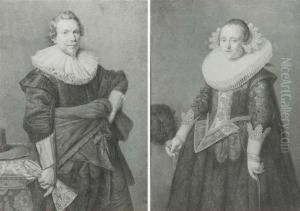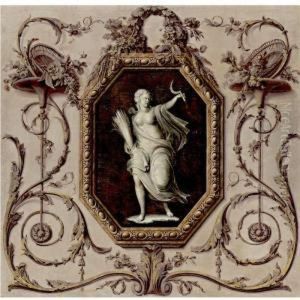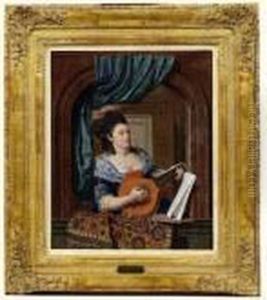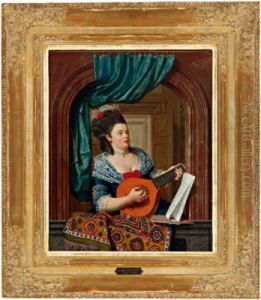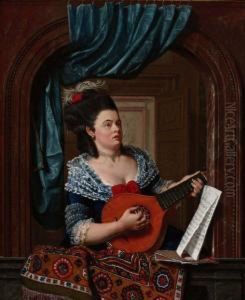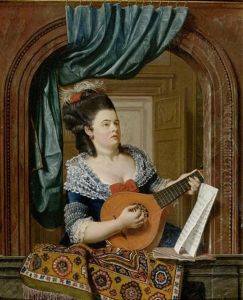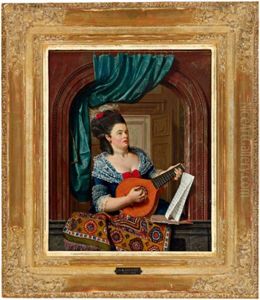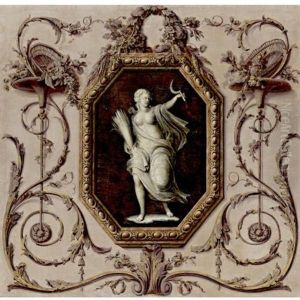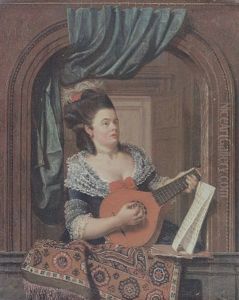Jan Gerard Waldorp Paintings
Jan Gerard Waldorp, born in 1740, was a Dutch artist known primarily for his contributions to the European art scene during the 18th century. His life and work spanned a period of significant change in the world of art, reflecting the broader shifts in European society and culture during the Enlightenment. Waldorp's body of work, though not as widely recognized today as some of his contemporaries, provides valuable insights into the artistic movements and aesthetic preferences of his time.
Waldorp's early life is not extensively documented, but it is known that he developed an interest in art at a young age. He likely received formal training, as was common for artists of his era, which would have included studying the works of earlier masters, learning drawing and painting techniques, and possibly engaging with the burgeoning fields of landscape and genre painting that were gaining popularity in the Netherlands and across Europe.
Throughout his career, Waldorp navigated the evolving tastes of the art market, experimenting with various subjects and styles. While specific details of his oeuvre are scarce, it is believed that he produced landscapes, portraits, and historical scenes, reflecting the broad interests of Dutch artists of the period. His work would have appealed to the middle and upper classes of Dutch society, who were the primary patrons of the arts during the 18th century.
The lack of surviving works and detailed records has made it challenging for art historians to fully assess Waldorp's impact on Dutch art. However, his career offers a glimpse into the life of a working artist in the Netherlands during a time of artistic innovation and social change. Waldorp's contributions, though perhaps modest in comparison to the giants of Dutch art, underscore the richness and diversity of 18th-century European art.
Jan Gerard Waldorp passed away in 1808, leaving behind a legacy that, while not as celebrated as that of some of his peers, remains a testament to the vibrant artistic culture of his time. His life and work continue to be studied by those interested in the nuances of Dutch art history and the lesser-known artists who contributed to its development.
